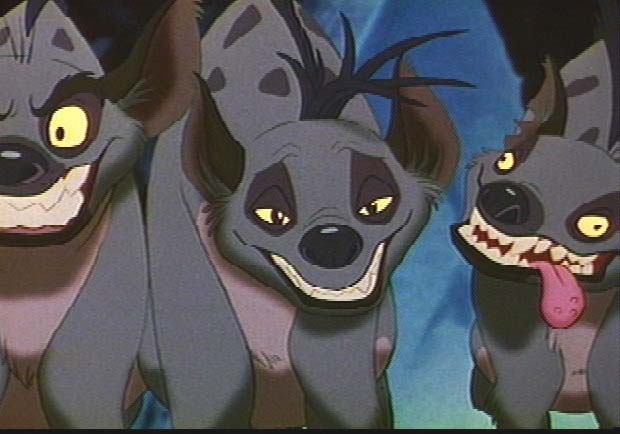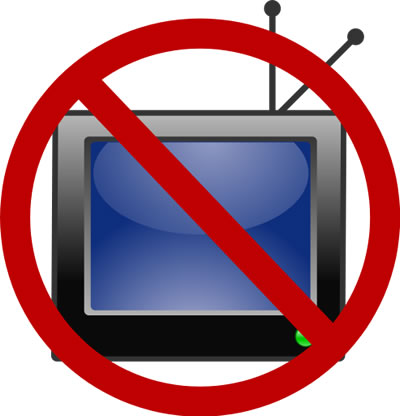The five WSU students interviewed were diverse in terms of their areas of studies and views on racism.
The students were:
- Hank: Freshman, Business Major
- Tanya: Junior, Finance Major
- Hayley: Junior, Psychology Major
- Kevin: Senior, General Studies Major
- Emily: Senior, Political Science Major
- How many hours a week do you watch T.V.?
- How many hours a week do you consume other media forms and/or advertising? (ex: blogs, message boards, pod casts, video sharing)
- How many hours a week do you participate in social networking sites? (ex: Facebook, Myspace, twitter)
- Is there a specific group of people of color that you feel is misrepresented or underrepresented in media?
- What are some stereotypes of Asians in media?
- What are some stereotypes of African Americans in media?
- What are some stereotypes of White people in media?
- Do you notice racism in unusual places like kids movies, Disney movies or advertising?
- Do you think its okay for people to be racist or for networks to air racist programing if it's for "comedy" or "entertainment"?
- Do you feel your perception of people of color is at all influenced by what you see about them on TV or in movies?
THE INTERVIEWS:
RESULTS FROM INTERVIEWS:
1. How many hours a week do you watch TV?Hank: average of 14 hrs/week
Tanya: average of 2 hrs/week
Hayley: average of 70 hrs/week
Kevin: average of 15 hrs/week
Emily: average of 30 hrs/week
A study from the University of Michigan found T.V. consumption is at an all time high citing "TV viewing among kids is at an eight-year high. On average, children ages 2-5 spend 32 hours a week in front of a TV—watching television, DVDs, DVR and videos, and using a game console. Kids ages 6-11 spend about 28 hours a week in front of the TV. The vast majority of this viewing (97%) is of live TV" (http://www.med.umich.edu/yourchild/topics/tv.htm)
2. How many hours a week do you consumer other media forms and/or advertising? (ex: blogs, message boards, pod casts, video sharing)?
Hank: average of 3 hrs/week
Tanya: average of 0-1 hrs/week
Hayley: average of 0-1 hrs/week
Kevin: average of 0-1 hrs/week
Emily: average of 0-1 hrs/week
Youtube is an example of "other media."
Ari Shaffir aka "the Amazing Racist" has been posing videos on YouTube portraying his racist views and activities. His videos often get over 5 million views and are extremely offensive, yet YouTube continues to allow these videos to be posted. Here is a link to one of his videos.
3. How many hours a week do you participate in social networking sites? (ex: Facebook, Myspace, twitter)?
Hank: average of 21 hrs/week
Tanya: average of 4 hrs/week
Hayley: average of 4 hrs/week
Kevin: average of 20-25 hrs/week
Emily: unknown (was asked but could not estimate)
Facebook groups contain racist content such as calls for the death of President Obama with racist pictures of him. Other groups like one called "Men's Rights" contains vulgar posts of racism as well as sexism and its location is Pullman, Washington.
4. Is there a specific group of people of color that you feel is misrepresented or underrepresented in media?
Hank: felt Asians were underrepresented
Tanya: felt all minority groups were underrepresented
Hayley: felt all minority groups were underrepresented
Kevin: felt Asians were underrepresented
Emily: felt Indians were underrepresented
5. What are some stereotypes of Asians in media?
Hank: smart, "brilliant"
Tanya: smart, good at math
Hayley: smart, "karate types," bad drivers
Kevin: doctors, nerds, they have "high-end jobs"
Emily: bad drivers
6. What are some stereotypes of African Americans in media?
Hank: ghetto, do drugs
Tanya: ghetto, "players," gangsters
Hayley: low-income, gangster/ghetto
Kevin: thugs, street smart
Emily: gangsters
7. What are some stereotypes of White people in media?
Hank: positive
Tanya: broad, "white-collar," positive with the exception of "hillbilly"
Hayley: always in suits, "Leave it to Beaver" types, all-American
Kevin: with the exception of the "hillbilly" are positive
Emily: successful, rich, positive
8. Do you notice racism in unusual places like Disney movies or advertising?
Hank: yes, in advertising
Tanya: yes
Hayley: yes
Kevin: no
Emily: no
 The Lion King is Disney's most popular family films. Despite the popularity, many critics noted racial undertones within the film such as the three hyenas who were supposed portrayals of African Americans who were hustlers, living in the ghetto (elephant graveyard) and one with an obvious drug addiction. Here is a critique of the film.
The Lion King is Disney's most popular family films. Despite the popularity, many critics noted racial undertones within the film such as the three hyenas who were supposed portrayals of African Americans who were hustlers, living in the ghetto (elephant graveyard) and one with an obvious drug addiction. Here is a critique of the film.  This billboard advertising for Tecate beer boasts "finally, a cold Latina."
This billboard advertising for Tecate beer boasts "finally, a cold Latina."9. Do you think its okay for people to be racist or for networks to show racist programing if it's for "comedy" or "entertainment"?
Hank: yes
Tanya: no
Hayley: yes, to a certain extent
Kevin: yes
Emily: yes, for comedy
10. Do you feel your perception of people of color is at all influenced by what you see about them on TV or in movies?
Hank: yes
Tanya: yes
Hayley: yes
Kevin: yes
Emily: no
In conclusion, all but one of the interviewees felt it was okay for people to be racist or for networks to show racist programing if it was for "comedy" or "entertainment" purposes, yet all but one recognized that their perception of people of color was influenced by what they saw about those people on TV or in movies.
Overall, media is an institution that practices policies that constitute a globalized perception of people of color that stresses the economic and social inequalities between people. These inequalities are on a global scale yet TV, films, advertisements and other media capitalize on these inequalities to reap the benefits from global consumers who have the power to reinforce the racist stereotypes attached to people of color.
